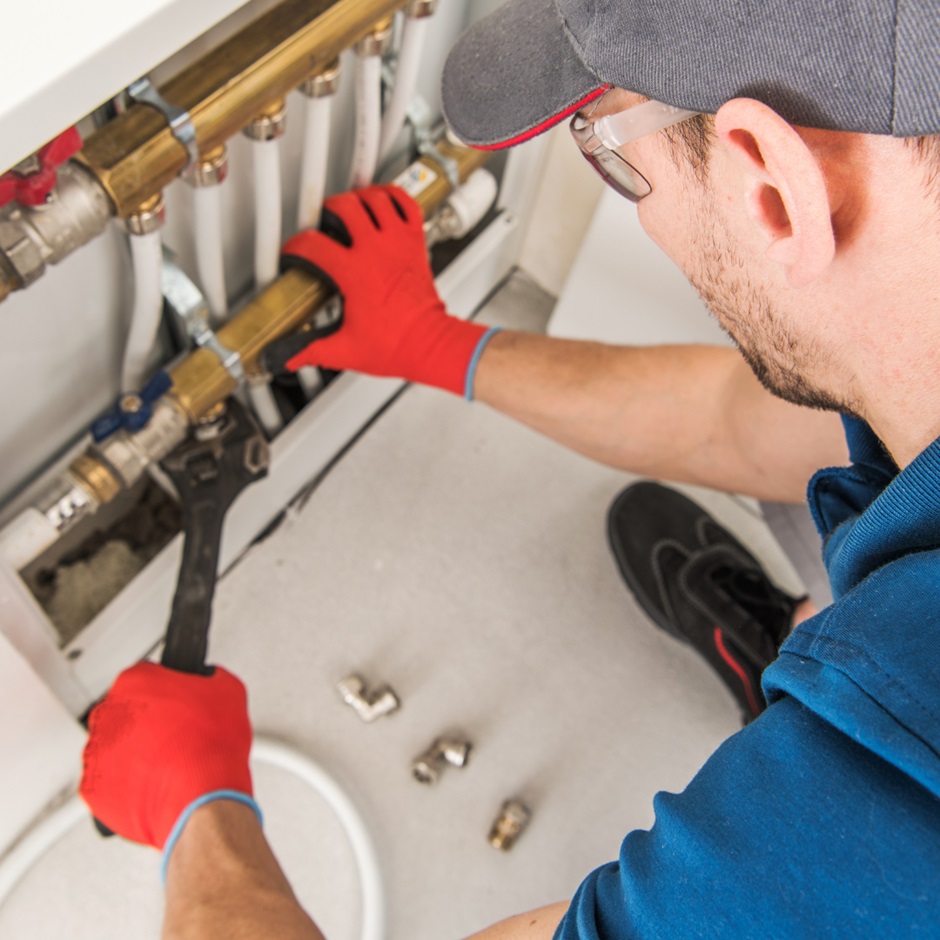How to Identify Early Signs of Mould in Your Commercial Space

Detecting the initial signs of mould growth in a commercial setting, especially in the context of commercial mould remediation, demands a vigilant approach. The consequences of unchecked mould can range from structural damage to potential health hazards for occupants. Therefore, it is imperative to recognise these early indicators promptly. This guide outlines practical steps to identify the initial signs of mould in your commercial facility, emphasising the importance of proactive management and prompt commercial mould remediation.
Recognising Musty Odours: A Pivotal Early Indicator
One of the earliest and most evident signs of mould growth is the presence of musty odours within the commercial space. A persistent, unpleasant smell can permeate the air, often indicating hidden mould. While not all moulds generate noticeable odours, being attuned to unusual smells is a valuable first step in identifying potential issues. If such odours persist, engaging professional inspection services becomes imperative to assess and address the situation comprehensively.
Visible Signs on Surfaces: Understanding Mould Manifestations
As mould colonies thrive, they can manifest as visible spots on various surfaces within your commercial property. These spots may appear fuzzy, discoloured, or even slimy, depending on the mould species. Regular and meticulous inspections of the interior, with a specific focus on areas prone to dampness or poor ventilation, are essential. Identifying and addressing these visual anomalies promptly is crucial in preventing the spread of mould and mitigating potential damage.
Increased Humidity Levels: Creating an Ideal Habitat for Mould
Commercial spaces with elevated humidity levels provide an ideal habitat for mould growth. Monitoring and maintaining indoor humidity levels below 60% is a proactive strategy to prevent mould proliferation. A sudden rise in humidity, especially in areas such as basements or storage rooms, can signal potential mould development. Installing dehumidifiers and ensuring proper ventilation are practical measures to mitigate the risk associated with increased humidity levels.
Water Leaks and Moisture Intrusion: Addressing Root Causes
Undetected water leaks and moisture intrusion are primary contributors to mould growth in commercial properties. Regular inspections are essential to identify signs of leaks, including water stains, discolouration, or dampness. Key areas prone to leaks, such as roofs, windows, plumbing systems, and HVAC units, should be scrutinised. Promptly addressing leaks and conducting thorough inspections are fundamental steps in preventing the conditions conducive to mould development.
Employee Health Complaints: Indirect Indicators of Mould Presence
Occupants may experience health issues related to mould exposure, serving as indirect yet critical indicators. Persistent respiratory problems, allergy-like symptoms, or unexplained illnesses reported by employees warrant immediate investigation. In such instances, engaging a professional mould remediation service is crucial to conducting a thorough assessment and ensuring a healthy work environment.
Subpar Indoor Air Quality: A Consequence of Mould Proliferation
Mould spores can significantly compromise indoor air quality, posing potential health risks. Inadequate ventilation increases the risk of airborne mould particles circulating in the environment. Employing air quality monitoring systems is an effective strategy to detect the presence of mould spores. Timely identification allows for targeted remediation efforts to enhance air quality and protect the well-being of occupants within the commercial space.
Conclusion: Proactive Mould Management Ensures Occupational Well-being
Identifying the early signs of mould in a commercial space is a proactive approach to ensuring a safe and healthy working environment. Musty odours, visible mould growth, increased humidity levels, water leaks, employee health complaints, and subpar indoor air quality are key indicators demanding immediate attention. Collaboration with experienced professionals is instrumental in implementing effective mould management strategies tailored to your commercial property.

By staying vigilant and addressing these signs promptly, you can prevent mould issues from escalating, safeguarding the well-being of occupants and preserving the integrity of your commercial space. Prioritising proactive mould management contributes to a conducive and healthy occupational environment, aligning with the highest standards of commercial property maintenance. Contact Mouldgone today for more information.




